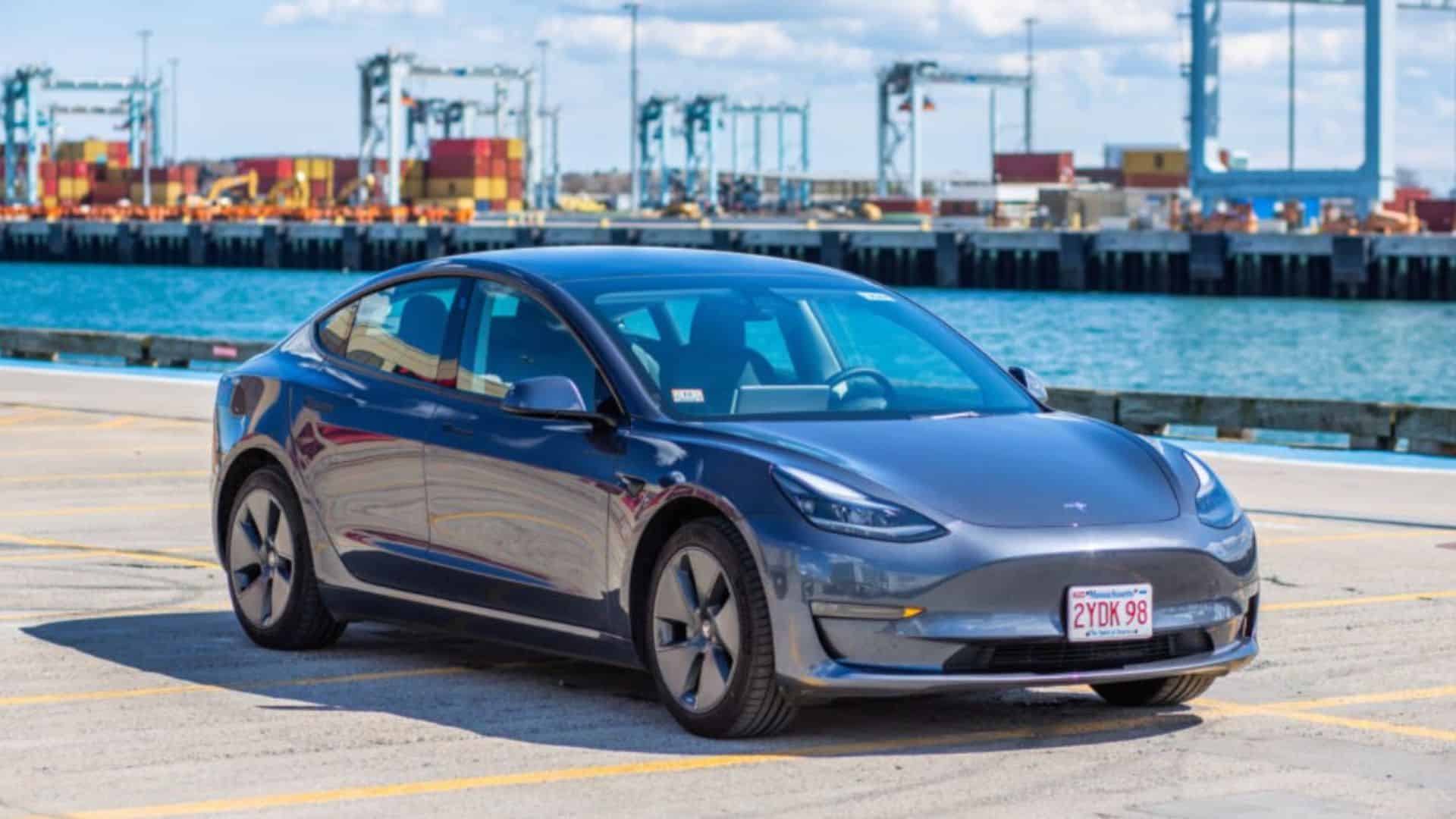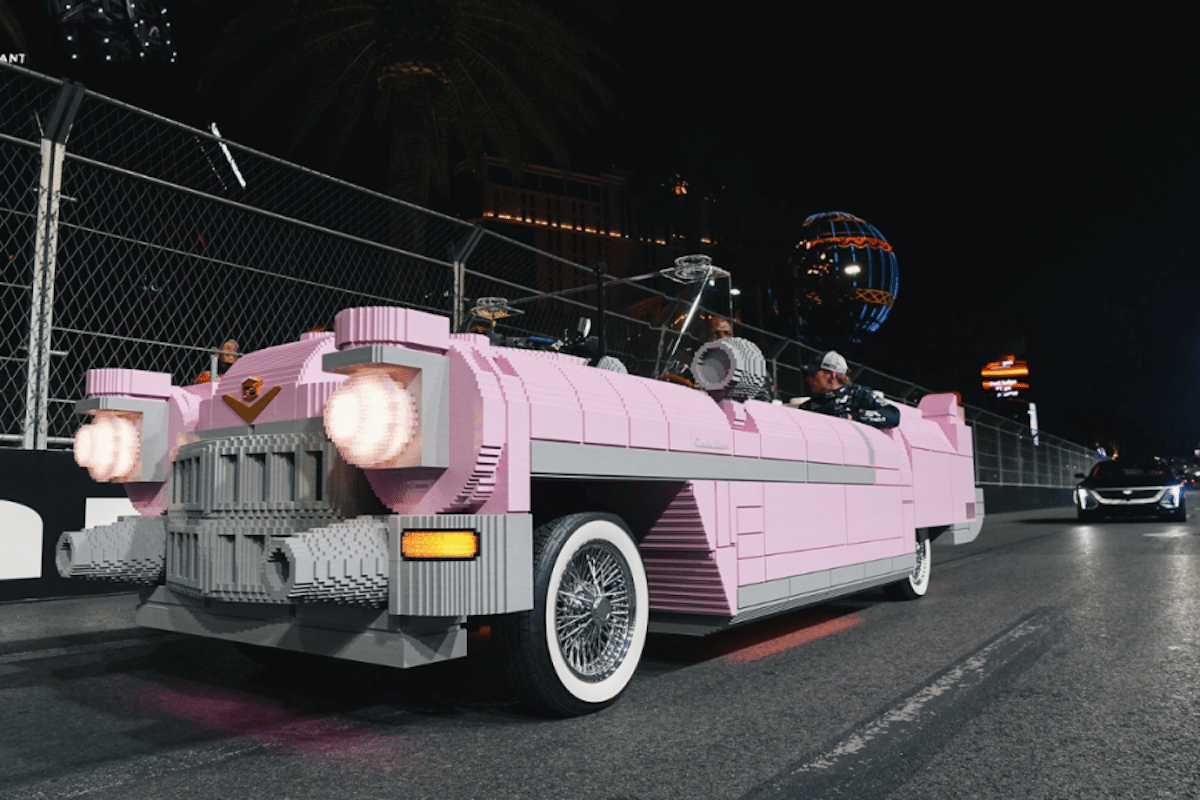Uber to phase out combustion engine cars by 2030

By 2030, the service is expected to operate solely with all-electric models. This is at least the announced goal by Uber’s CEO.
Often criticized for the environmental impact of its activity, Uber had no choice but to incorporate ecological considerations into its strategy.
Last May, the operator launched a new “Electric Comfort” option, reserved for Tesla and Polestar drivers. Initially introduced in the cities of Los Angeles, San Diego, San Francisco, and Dubai, this new offering has now been extended to other metropolitan areas in the United States and Canada. On this occasion, Dara Khosrowshahi, Uber’s CEO, explained to CBS that the company would clearly favor electric vehicles in the coming years. “Our goal is to be fully electric in the United States, Canada, and Europe”, he stated.
No more internal combustion Uber vehicles by 2030
Uber drivers have a few years to adapt. Starting in 2030, those with internal combustion engine vehicles will, in theory, no longer be able to use the platform.
In the United States, Uber has partnered with Hertz to help drivers transition to electric. The rental specialist has made available a fleet of 50,000 Tesla, available from $334 per week. Ultimately, the rental cost is expected to decrease to $199 per week.
Currently, drivers using electric cars receive $1 from Uber for each ride completed, up to $4,000 per year. Launched on September 21, 2020, this financial aid is set to end, as of now, on December 31, 2022.
To justify its policy and encourage drivers to abandon their internal combustion vehicles, Uber emphasizes that electric cars are also a long-term cost-effective solution, thanks to the lower cost of electricity compared to fuel.
Read also: Per-kilometer pricing tires for London taxis
This page is translated from the original post "Uber va faire une croix sur les voitures thermiques d’ici 2030" in French.
We also suggestthese articles:
Also read





